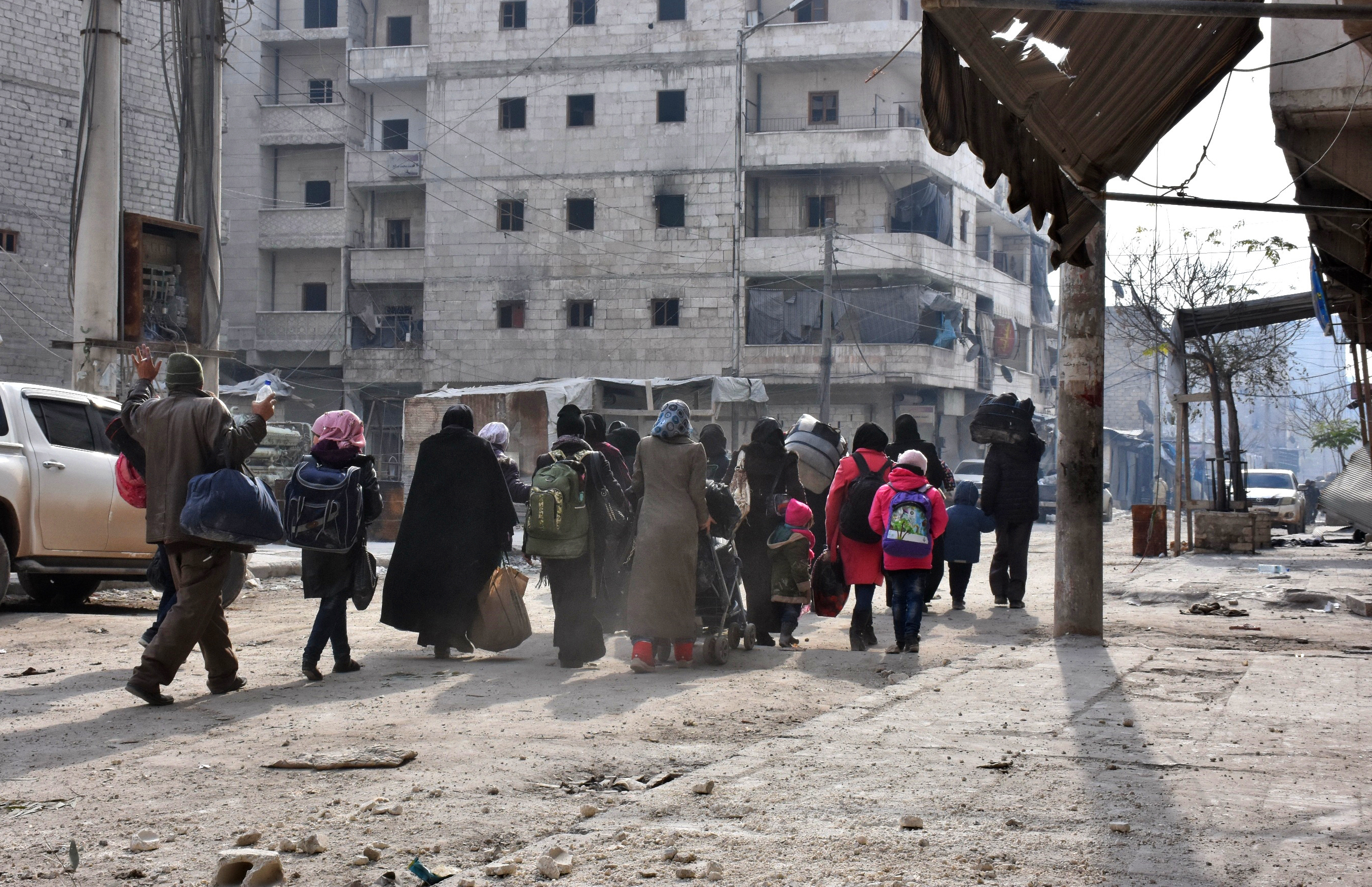Eighth year of war
On March 15 the war in Syria enters its eight year. The apostolic nuncio in Damascus, Cardinal Mario Zenari, currently in Italy to launch the project “Open Hospitals”, in cooperation with AVSI, spoke about the situation in Syria comparing it to the wayfarer that was robbed and beaten by thieves described in the parable of the Good Samaritan. “Today, 5 of the most powerful world armies are fighting on Syria’s battlefield.” The constant hope of a negotiated solution to the conflict, despite the fact that 23 UN Security Council Resolutions were not enough to the put an end to the war or to offer appropriate humanitarian assistance to civilian victims

“Today’s Syria can be compared to the poor man who was going down from Jerusalem to Jericho when he was attacked, robbed by thieves and left half-dead alongside the road. He was rescued by a passing Samaritan who brought him to an inn and looked after him.” Cardinal Mario Zenari, apostolic nuncio in Syria, recalls the Gospel parable of the Good Samaritan to describe the situation in the Middle-Eastern Country shattered by a war that now enters its eighth year.
Cardinal Zenari has been living in Syria since 2009. He was previously in Sri Lanka and the Ivory Coast, Countries equally afflicted by civil wars. He describes himself as a “camouflaged nuncio”. He is presently in Italy to launch “Open Hospitals”, a project designed to provide free medical treatment to indigent Syrians. It’s also an opportunity to weigh up the situation of the war. The peaceful protests begun on March 15 2011, harshly crushed by the forty-year rule of the Assad family, are a distant memory. The internal conflict that ensued – with the involvement of regional powers (Israel, Saudi Arabia,Turkey, Iran and Lebanese Hezbollah) and international powers (US and Russia) amidst armed militants of Jihadi groups, Al Qaida and the Islamic State– rapidly escalated into a “veritable proxy war” with a death toll increasing year by year. The fight on terrorism was used by these powers like a Trojan horse to conceal their expansionist aims in the region.
The casualties of the war. Statistical figures mount at the same speed of the bombs, rockets and missiles launched by the warring parties. Caritas Italy, providing front line humanitarian assistance to the Syrian population, documented that
“a total of 500 thousand people have been killed. Twice as many were left wounded or mutilated.”
In 2017 the death toll from the bombs in Syria increased fourfold compared to the previous year. Millions of people were displaced in neighbouring Countries (Lebanon, Jordan and Turkey) or internally. A UN report discussed in Geneva on March 13 shows that 27 thousand children had been killed, 1.5 million children were deprived of education and out of the 5.6 million people in acute need across Syria, 663,000 were under five. The “2018 humanitarian needs Overwiev” released by the UN Office for the Coordination of Humanitarian Affairs, documented 13.1 million people in need of humanitarian assistance: 6.5 million are at risk of malnutrition; there are 6,550 new displaced people on average per day ( 20% more compared to 2016); 1 school on 3 was destroyed; 20% more attacks on healthcare facilities (compared to 2016); less than 50% healthcare services are fully operational; 8.2 million Syrians live in areas at risk of explosive hazards (33% of which are crops.) Moreover, lowering the flag of the Caliphate, sworn enemy of the powers involved in the battle, was not enough to end the ongoing carnage in many areas of the Country. The armed conflict is ongoing also where it shouldn’t, namely, in the so-called “de-escalation zones”, Syria’s four buffer zones agreed by Russia, Turkey and Iran in Astana’s (peace) talks in mid-2017. These are: Idlib, Ghouta, northern Homs and Dara’a. The war is fought also in the Kurdish enclave of Afrin.
On the edge of the abyss. At the beginning of the eighth year of war, denounced Cardinal Zenari, “we are facing the risk of a regional and international escalation.”
5 among the most powerful military are battling on Syrian soil,
not yet against each other, but nobody knows what could happen if they should step on each other’s toes. The Syrian skies are crossed by rockets, whose humming noise we hear right above our heads; by Syrian, Russian, Israeli fighter-bombers, those of the US-led coalition, by the missiles launched by the Mediterranean and from the Caspian Sea”.
“The unseen disasters”, the nuncio said, “are far worse than the visible ones. We don’t know exactly when, but the buildings and infrastructures will be rebuilt once the war is over. But the social fabric that was torn apart, the deep wounds, the physical and mental traumas of the population, and especially of tens of thousand of children, how will they be treated?”.
This question is likely to remain unanswered in that “hell on earth” that is Syria today, as defined by the UN Secretary General Antonio Guterres.
“We are witnessing a massacre of the innocents”
stressed Cardinal Zenari who returned to refer to the parable of the Good Samaritan to offer a prospect of hope:
“It’s not up to me to identify the thieves who assailed Syria, massacred it and left it alongside the road. Today, in this Country scarred by unbearable suffering, there are also Good Samaritans: Churches, NGOs, humanitarian organizations that strive to help the population – when they are not targeted for attacks. In Syria even the good Samaritan is gunned down.
The International community must listen to the cries of the population and of the children and reach a negotiated solution very soon.”